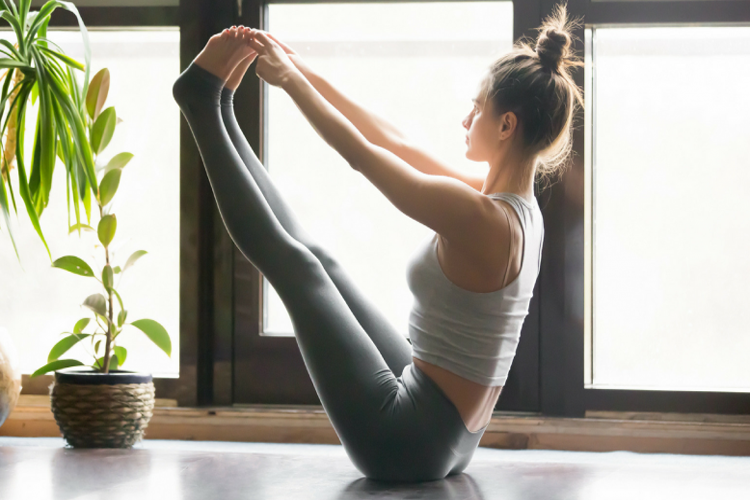Big Toe Pose - Padangusthasana

Hey, What’s up! welcome to Warrior Fitness Zone. I'm Kailash Rathod and today we are going to learn Upward Plank Pose also called as Purvottanasana. Friends, this is a strengthening asana and it requires a little practice so you can use your arms nicely. So maybe it cannot be done by a beginner but an intermediate can do it easily. If you see anatomically, this asana impacts the chest, the heart, the liver, the bladder, the pelvis also the abs. It also impacts the shoulders, the hands also the neck, the lower back along with the spine, the ankles, the thighs, the hip and the legs also gets impacts.
If you see the benefits of this asana, this asana actually helps to strengthen the arms, strengthen the wrist also strengthen the legs. It stretches beautifully the chest and the shoulder and also the front of the hand. Now friends, those who have wrist issue, they should avoid this practice because the weight comes on the wrist and those who have neck problem, they should support the head either by taking the support of the wall or may be resting the head on a chair. Don't let the head dangle down. Support your head. Support your neck. Let's see how to perform this asana. So you start in Dandasana. Sitting Dandasana. Legs engaged, neutral pelvis, chest nice and long, palms by the side of the hip, shoulders relaxed, neck and head is long. Maintain like this for a while. Now, what you do, you bring your hands a little behind, keeping in a straight line fingers pointing down towards the line of the toes. After taking this position, bend your legs and the knees. After bending the legs and the knees, you can keep the big toe together and let the heel a little apart, so that we can use the inner legs to lift ourselves up easily. Now, as you inhale, you can slowly raise, raise by pressing the feet down and pressing the palms down on the floor as if you are coming to a river state.





